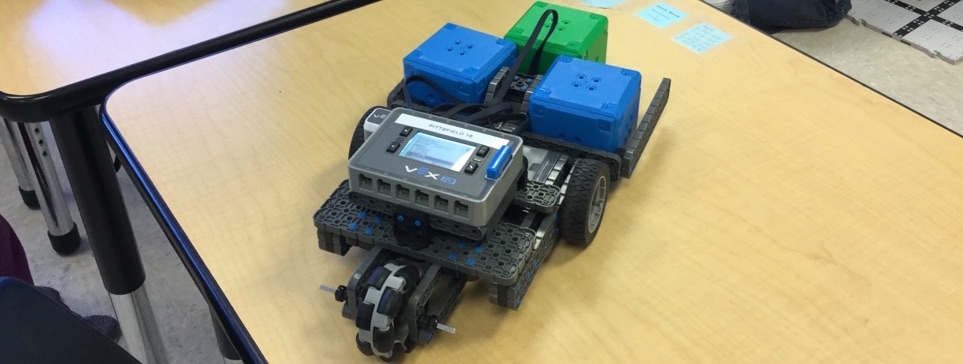In my fifth grade classes, students actively work in small groups to build, modify, and program a robot to move autonomously (with minimal human intervention). They use technology and navigate social learning situations to solve a problem that is anchored in the real world.
This module is challenging but using “focused questions, feedback, and diagnostic assessment” (Wiggins & McTighe,2005, p. 46) helps to uncover misunderstandings, questions and assumptions my students have. In turn, this informs my instruction and helps students learn more, avoid forgetfulness, and transfer what they know to other situations.
To plan for and reflect on one of the formative assessments within this fifth-grade robotics module, I have developed Formative Assessment Design Version 2.0. My prior iteration is Formative Assessment Design Version 1.0, which I wrote about in an earlier blog post.
References
Wiggins, G.P. & McTighe, J. (2005). Understanding by design. Alexandria, VA: Association for Supervision and Curriculum Development. Retrieved from http://p2047-ezproxy.msu.edu.proxy1.cl.msu.edu/login?url=https://search-ebscohost-com.proxy1.cl.msu.edu/login.aspx?direct=true&db=e000xna&AN=133964&scope=site

